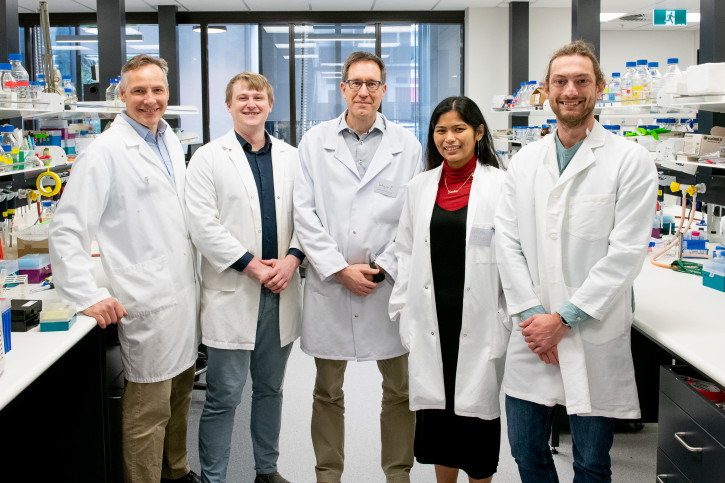Both tests bring immediate results – just five minutes for the malic acid test; and 1-2 hours for the YAN test. This reduces the pressure on time-sensitive decision making.

Winemakers need to monitor various metabolic products to ensure the quality of their wines. Two, in particular, are complicated:
YAN is a generic term to describe all nitrogenous compounds in grapes that can be metabolised by yeast during fermentation. Without nitrogen, the fermentation can become stuck and will only restart when nitrogen is added.
Commercially available tests are relatively complicated, expensive and time-consuming—few winemakers have the technical expertise and expensive equipment required to do them. Most have to send samples away to laboratories and wait for results. A simple, localised solution is required to determine whether nitrogen is present in a sample.
Malic acid is a crucial flavour component of wine. It contributes crisp tartness to varieties such as Sauvignon Blanc and Riesling, whereas in other varieties (red wines; Chardonnay) it is actively removed through malolactic fermentation. This is a secondary fermentation process in which bacteria convert malic acid to lactic acid to give the wine a fuller, rounder mouthfeel. To ensure the wine does not taste too flat or sour, the malic acid concentration needs to be well balanced. It is therefore important to precisely measure the amount present in a fermentation sample at a given point, particularly prior to bottling.
The most common approaches for measuring malic acid are expensive and slow. Winemakers typically need to outsource their tests to dedicated analytical laboratories with capabilities in high performance liquid chromatography or spectrophotometric methods. The urgency with which the results are required creates a need for inexpensive and easy-to-use devices that allow winemakers to perform measurements immediately and on-site.
Researchers Chris Matthews and Lee Tejada led by Associate Professor Wayne Patrick at Te Herenga Waka—Victoria University of Wellington have developed tests to monitor both metabolic products. A fast and user-friendly biosensor can test for YAN in the winery. It takes the form of a simple colorimetric test that turns blue when the YAN level is sufficient. The colour change is rapid and the test can also be made highly quantitative for winemakers that have a spectrophotometer.
To test for malic acid, a novel, enzyme-based electrochemical detector has been developed with an operational range that far exceeds anything that has been developed to date. It can be tuned to detect small and large differences in concentration.
Both tests bring immediate results – just five minutes for the malic acid test; and 1-2 hours for the YAN test. This reduces the pressure on time-sensitive decision making.
The biosensors will be simple, hand-held, and user friendly. They do not require samples to be sent away to a laboratory.
The biosensors are low cost. This makes them far more accessible than the expensive equipment currently used to test for YAN and malic acid.
Tablets have been trialed by a selection of wineries across New Zealand and the team have received good results, with winemakers commenting on the ease of application.
For further information about partnering with us on this project, contact the Wellington UniVentures staff member below.

